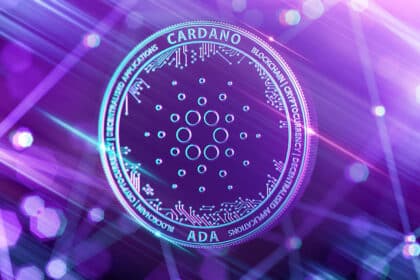The Cardano community is expecting at least, three key releases from the platform this year.
Cardano may have taken its quest for scalability to another level with its Hydra upgrade which has now gone live on mainnet. The update was shared by Input Output Hong Kong (IOHK), the start-up behind the Cardano protocol. According to IOHK’s Twitter announcement, the first Hydra head has opened on the mainnet.
For clarity, the Hydra head is the first member of the Hydra family protocol. And according to the Cardano team, each head “works as an off-chain mini ledger shared between a small group of participants”.
Like many other Layer 1 blockchain protocols, Cardano has been keen to prove its network’s dominance by improving scalability as well as expanding usability. And, Hydra provides the perfect solution for these needs.
Benefits of the Hydra Upgrade
The solution will allow developers to create specialized smart contracts on the Cardano blockchain. It will help to boost transaction speed by increasing throughput, which translates to the number of transactions per second (TPS). It will also help reduce transaction fees on the network to the barest minimum. And lastly, the upgrade is expected to address security issues on the network and most importantly, improve its scalability capabilities.
Meanwhile, it might be worth mentioning that the Cardano community is expecting at least, three key releases from the platform this year. After waiting long for last year’s Vasil upgrade, they now expect releases that will cover stablecoins, scalability, and the platform’s continuing development of oracles. However, by launching on mainnet, it appears that the development of Hydra is top-priority for the Cardano ecosystem in 2023.
But Sebastian Nagel – one of the developers working on the Cardano Hydra protocol, has hinted that there will be no need for a hard fork. That is since this is not a full upgrade per se. Nonetheless, he confirms that the Hydra head is the foundational block. That is, it is the basis on which other protocols that will help Cardano achieve scalability will be built.
L1 Protocols Are Competing
Without a doubt, there is an unsaid scalability competition among Layer 1 protocols. This is as they race to put themselves at the atop the smart contract and decentralized finance (DeFi) space.
For example, the Ethereum network has its eyes fixed on Layer 2 solutions such as Optimism (OP), Polygon zkEVM, and Arbitrum (ARB) to mention a few.
Coinspeaker also recently reported about Mysten Labs’ Sui network making a statement of its own. The protocol launched on mainnet with a surprisingly high throughput of 300,000 TPS. Solana (SOL), Aptos (APT), and many more are also constantly looking for ways to improve their networks’ performance.
Mayowa is a crypto enthusiast/writer whose conversational character is quite evident in his style of writing. He strongly believes in the potential of digital assets and takes every opportunity to reiterate this.
He’s a reader, a researcher, an astute speaker, and also a budding entrepreneur.
Away from crypto however, Mayowa’s fancied distractions include soccer or discussing world politics.




